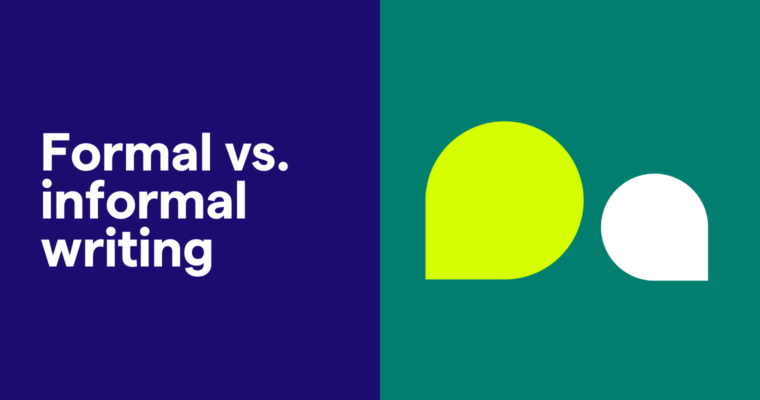
If writing dates has you stymied at times, it is probably for one of two reasons. The first is that date formats vary the world over, and we come across these different styles frequently in our reading. The second may be that you aren’t quite sure how to write dates with commas.
The key to overcoming your struggle with dates is to understand the prevailing conventions and then apply them clearly—and consistently.
How to write the date in English
There are many different ways to write the date in both British and American English, and most are correct. Here are a few of the most common ways to write the date:
American English
- February 1, 2023
- Feb. 1, 2023
- 2/1/23 or 2-1-23
- Wednesday, February 1, 2023
- February 1st
- 1st of February
Notice how, when writing the date in numbers in American English, the month comes before the day.
British English
- 1 Feb.
- 1 February 2023
- 1/2/23 or 1-2-23
- Wednesday, 1 February 2023
- 1st February 2023
- 1st of February, 2023
How to write the year
Years should be expressed as numerals except at the beginning of a sentence. Most style guides agree that beginning a sentence with a numeral is poor style, so years placed at the beginning of a sentence should be written out as words.
American writers tend not to use and after thousand when expressing a year after 2000 in words, but it is common in British English. Both are correct.
The year 1929 brought the Great Depression, the St. Valentine’s Day Massacre, and an influenza epidemic.
Nineteen twenty-nine brought the Great Depression, the St. Valentine’s Day Massacre, and an influenza epidemic.
Much happened in the political arena in 2016.
Two thousand and sixteen was an eventful year in politics.
Two thousand sixteen was an eventful year in politics.
How to write the month and day
When referring to a specific date in the month-day date format, use cardinal numbers (one, two, three) rather than ordinal numbers (first, second, third). This may feel counterintuitive because we normally use ordinal numbers when we “speak” of dates. For example, one would say January first two thousand seventeen but write January 1, 2017. In British English, ordinals can sometimes be used—it is acceptable to use them when writing dates, although it is not required, as our example shows.
Many people get confused about how to write dates with commas, so here is a rule of thumb: in the month-day-year format (used in the United States), place commas after the day and year. In the day-month-year format (used in the UK and other countries), do not use commas at all.
If you use a construction using of, it is fine to use an ordinal number. It is also fine to use an ordinal number when referring to a specific day without reference to the month.
How to write dates with days of the week
When writing a long-form date, use a comma after days of the week to ensure readability.
How fortunate that the world did not end on Friday, December 21, 2012!
Monday, May 5, is my last day of work.
How to write Centuries
For example, when we write the 1800s, we are referring to all the years from 1800 to 1899. Within that range are one hundred discrete years; that is, more than one: a plural. We can also refer to those years collectively as the nineteenth century in all lowercase letters.
How to write decades
This is the way to think about writing decades using numbers: they are both abbreviations and plurals. A shorter way of saying “My mother was born in the 1940s” is “My mother was born in the ’40s.” The apostrophe (not an opening single quotation mark) indicates where the two century digits would be, had they been included. There is no need to put an apostrophe between the zero and the s—that would incorrectly indicate a possessive.
Writing dates as numerals
All-numeral date styles should not be used in formal writing, but there may be times when it is appropriate to use them. When you do, be aware that not all countries express dates with numerals in the same way. American usage calls for a month/day/year date format, the United Kingdom and much of Europe use a day/month/year format, and most countries in Asia use the year/month/day format. Some countries use a combination of these depending on context (Canada, for example, uses all three, depending on who is the recipient of the communication).
So remember, if you are American and you write to your British friend inviting him to celebrate Independence Day on 7/4 with you, you can expect your guest to arrive on April 7 (which he will express as 7 April). Likewise, if he invites you to his Guy Fawkes Day party on 5/11, you will need to mark your calendar for November 5 rather than May 11.![]()





